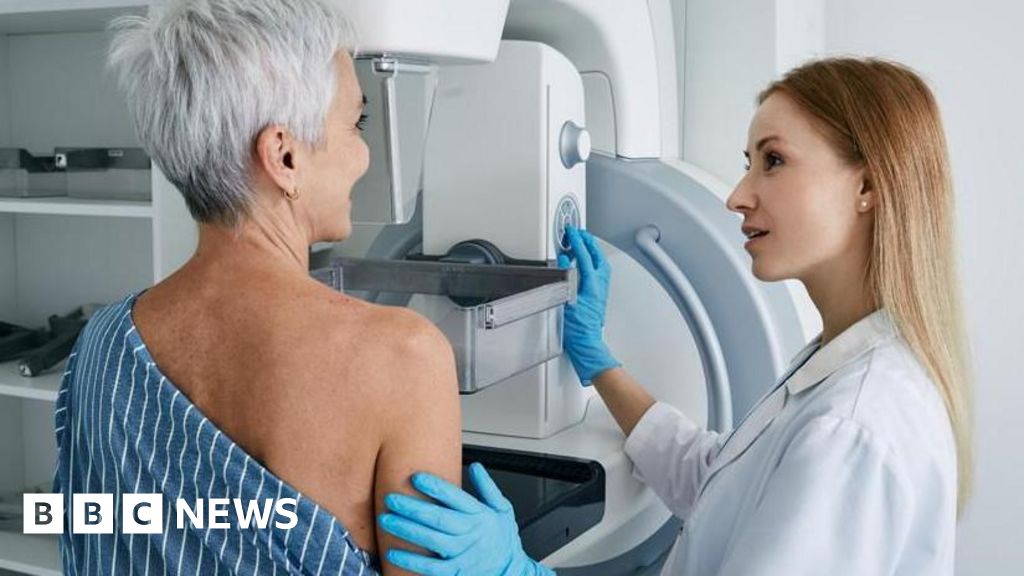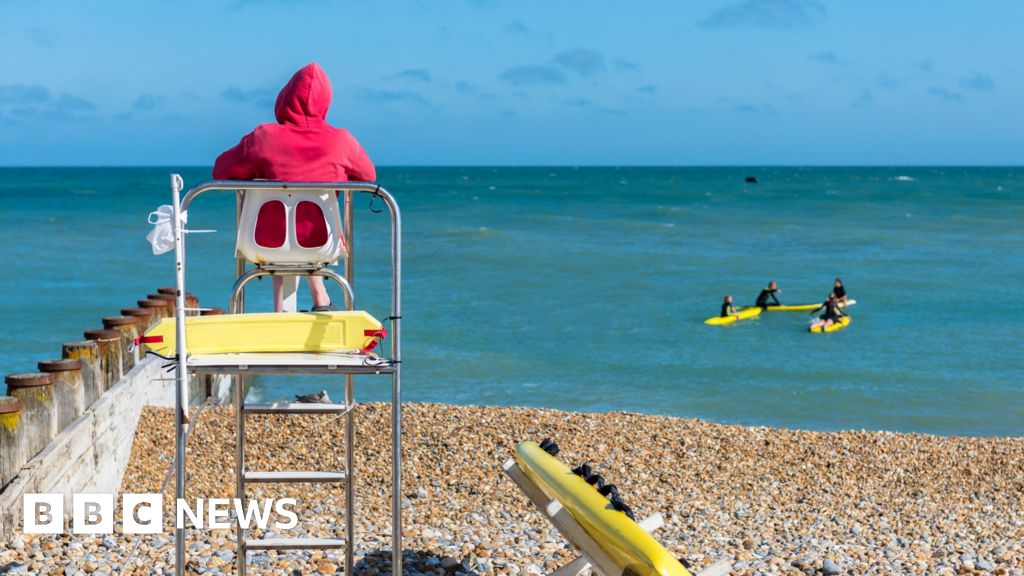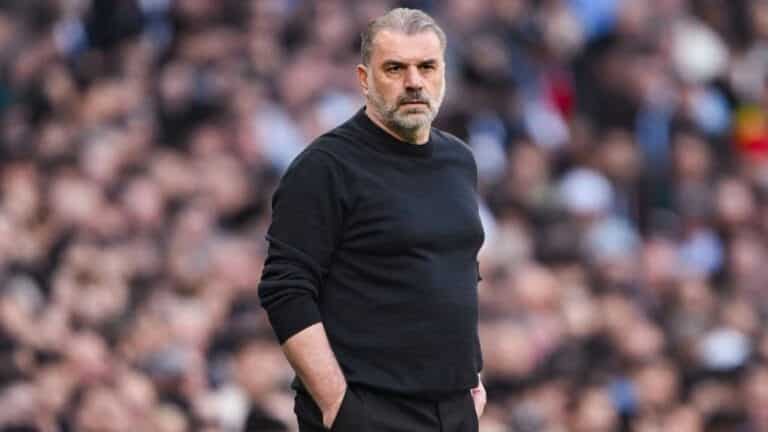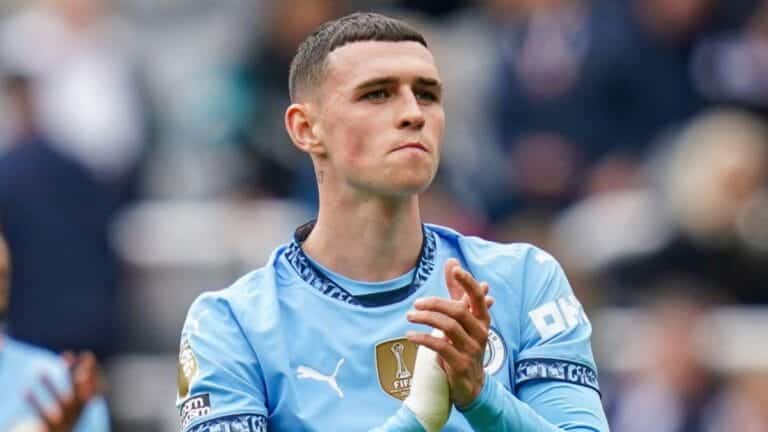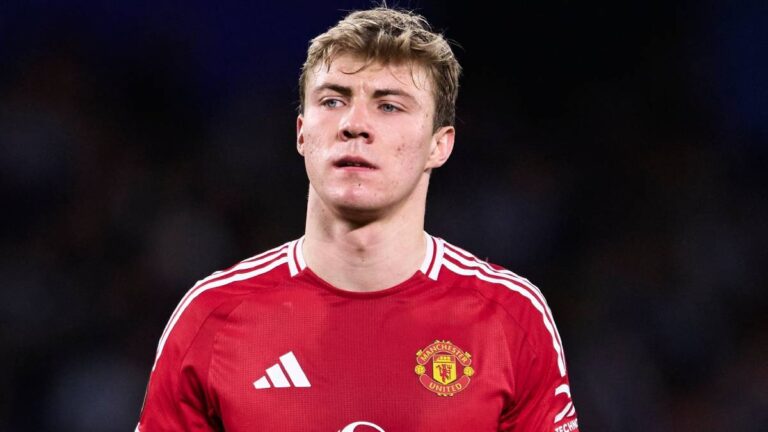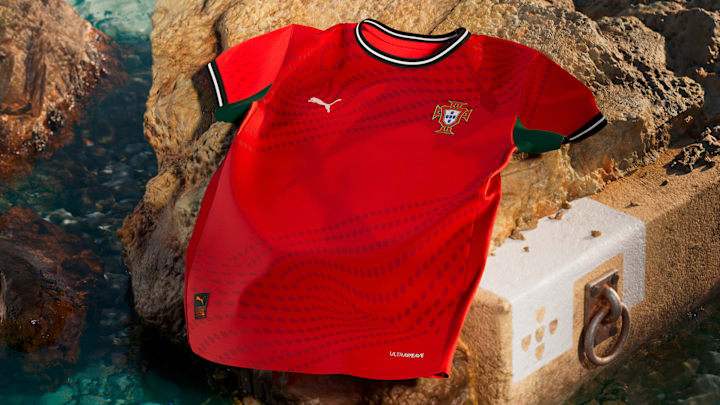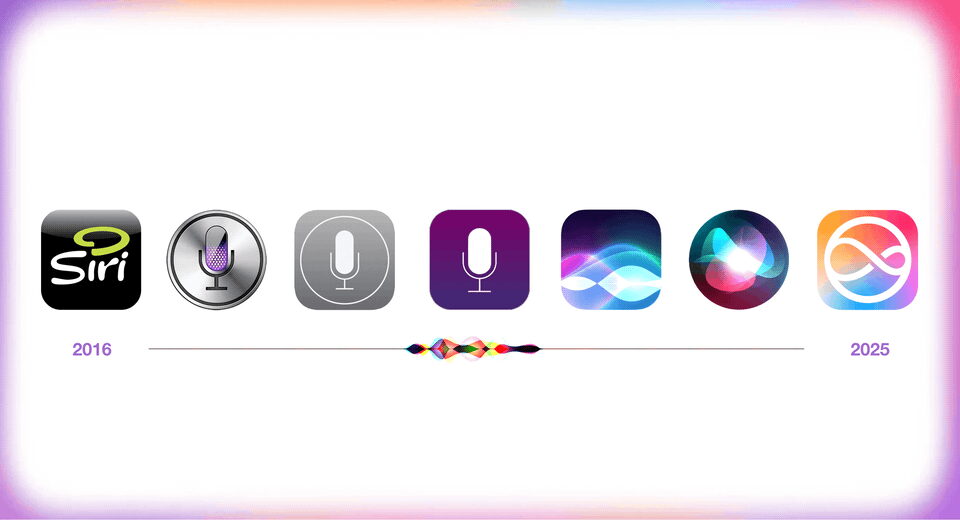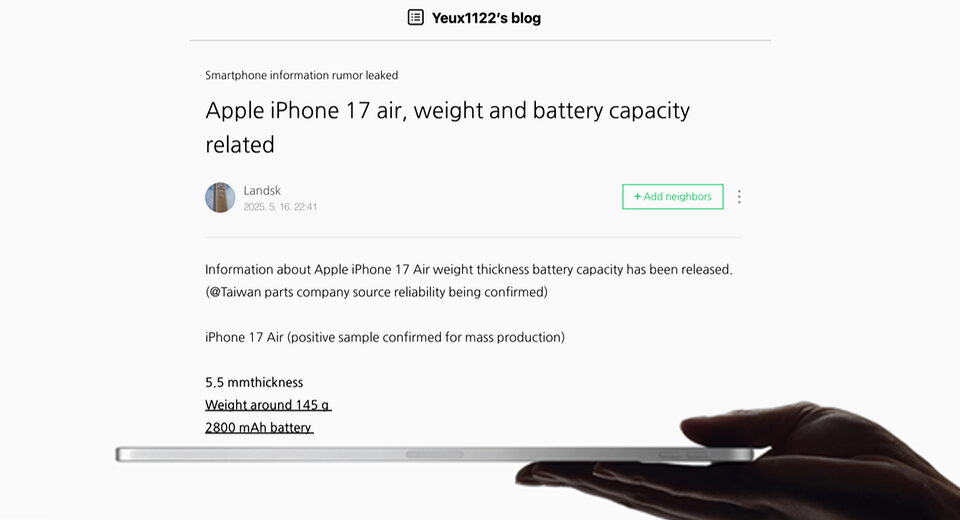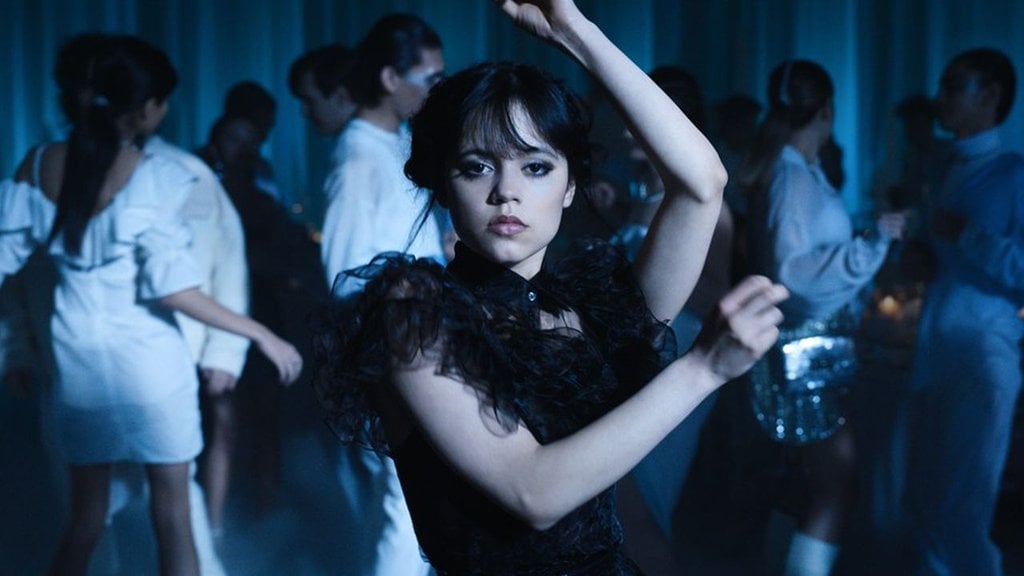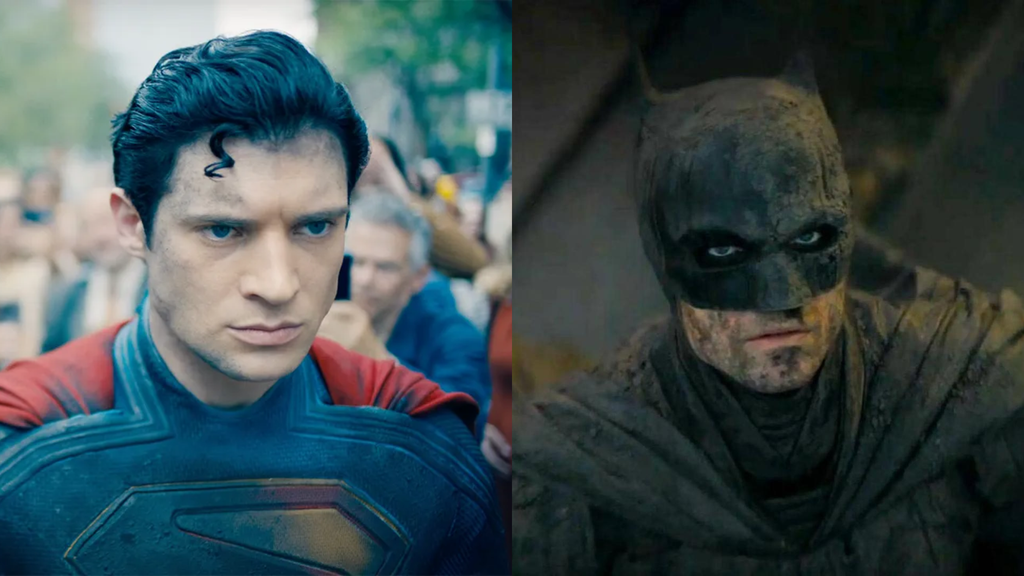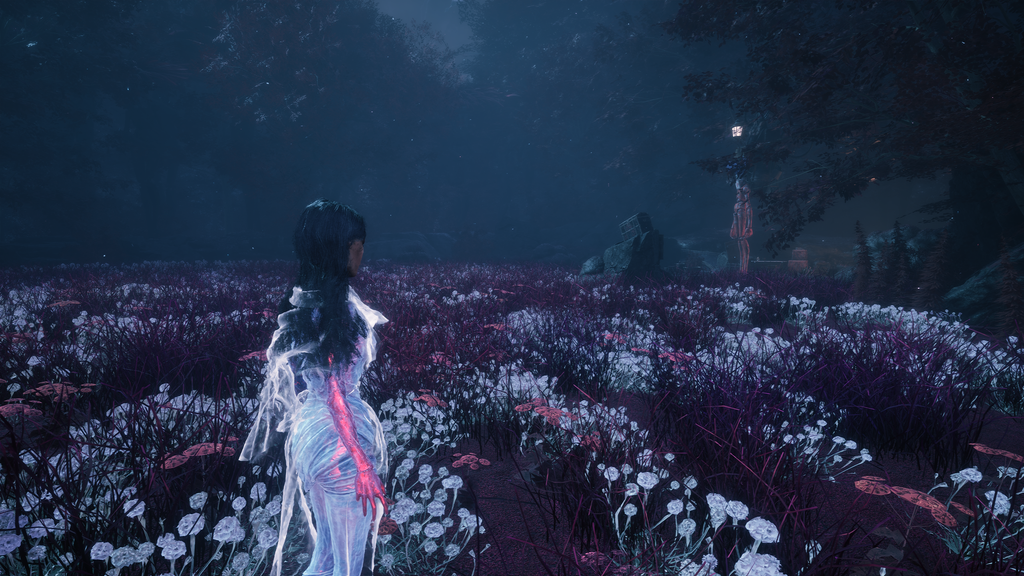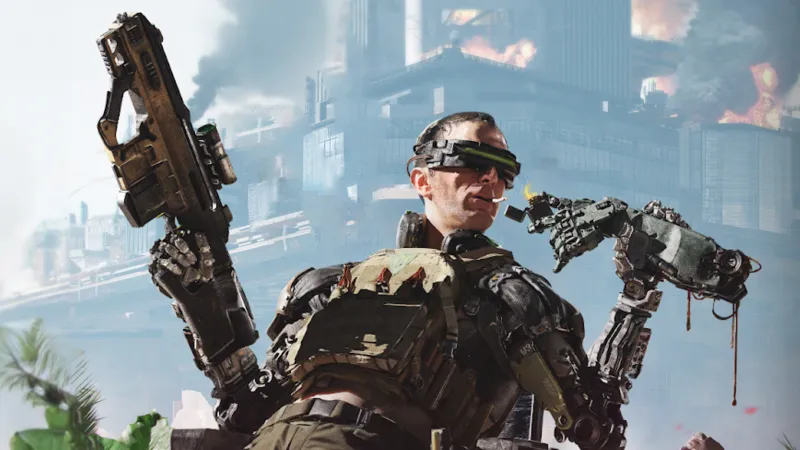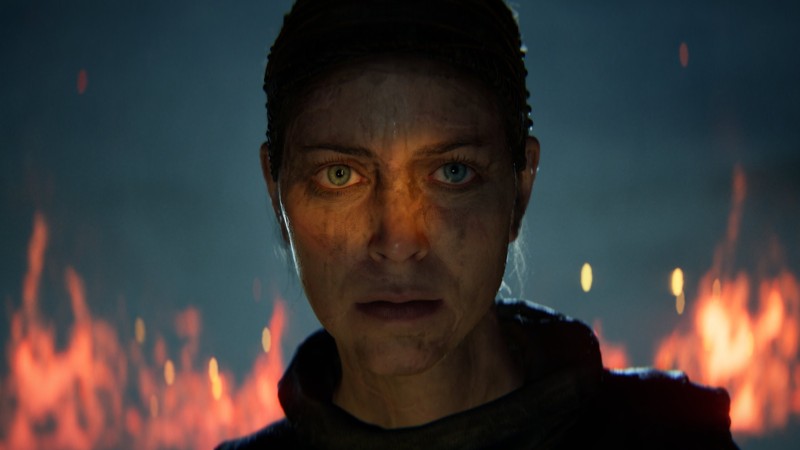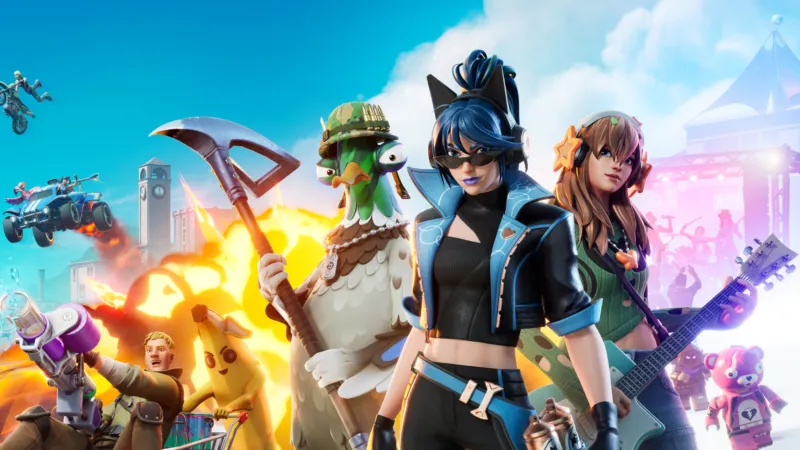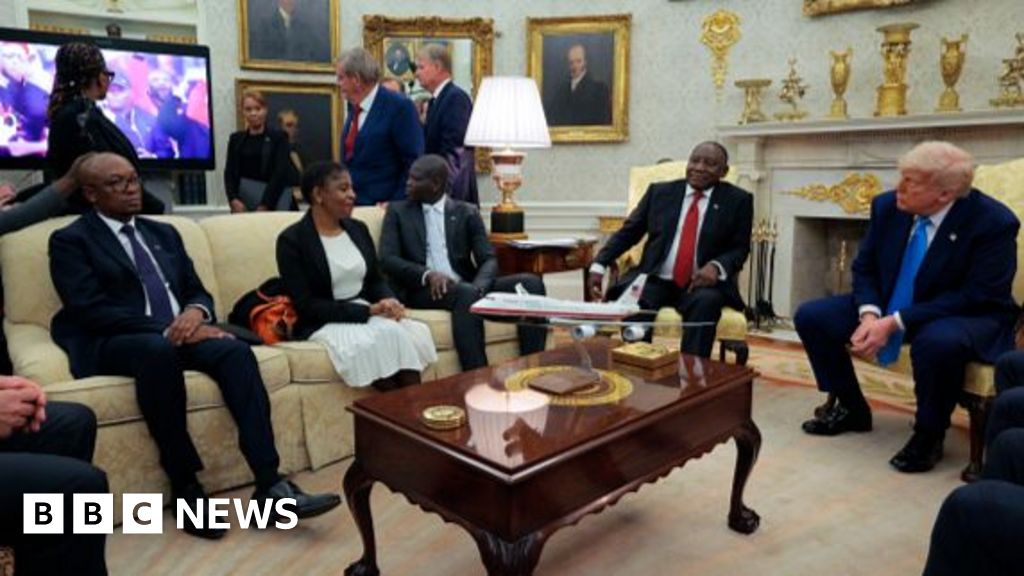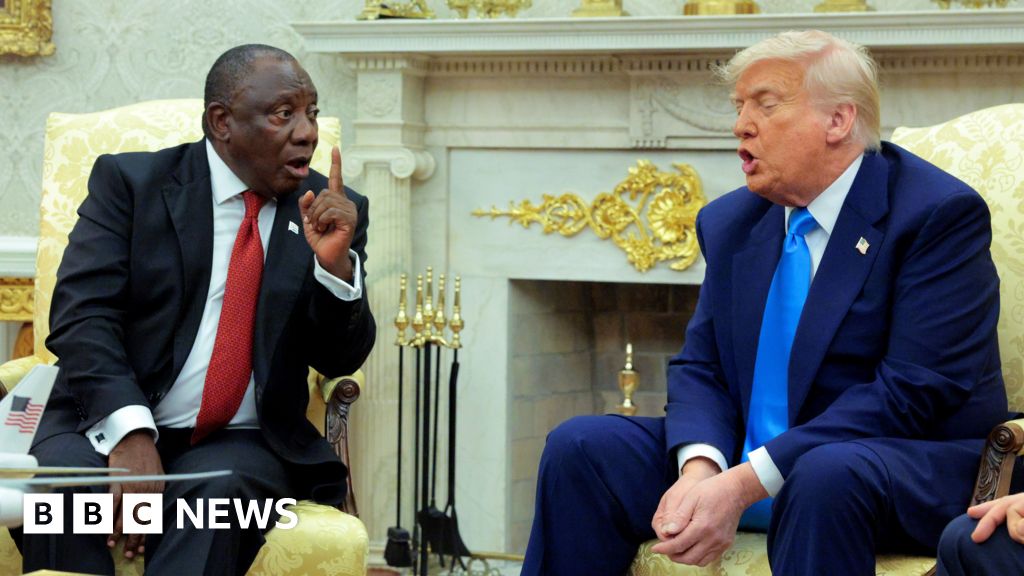Trump Lectures South African President in Televised Oval Office Confrontation


In an astonishing confrontation in the Oval Office on Wednesday, President Trump lectured President Cyril Ramaphosa of South Africa with false claims about a genocide against white Afrikaner farmers, even dimming the lights to show what he said was video evidence of their persecution.
The meeting had been expected to be tense, given that Mr. Trump has suspended all aid to the country and created an exception to his refugee ban for Afrikaners, fast-tracking their path to citizenship even as he keeps thousands of other people out.
But the meeting quickly became a stark demonstration of Mr. Trump’s belief that the world has aligned against white people, and that Black people and minorities have received preferential treatment. In the case of South Africa, that belief has ballooned into claims of genocide.
At first, the two leaders seemed to glide over the most contentious issues, focusing instead on golf and a bit of foreign policy. Mr. Ramaphosa brought along two South African golfers, Ernie Els and Retief Goosen, as guests, in a nod to the American president’s favorite sport.
But the discussions took a turn when a journalist asked a what it would take for Mr. Trump to change his mind and see there was no “white genocide” in South Africa.
Mr. Ramaphosa, answering for the president, said: “It will take President Trump listening to the voices of South Africans.”
Mr. Trump was ready with his response. “Turn the lights down and just put this on,” he told his aides.
A booming video mash-up began to play, including footage of people calling for violence against white farmers in South Africa. One clip showed white crosses planted alongside a rural road stretching far into the distance, which Mr. Trump said were part of a burial site for murdered white farmers. The crosses were actually planted by activists staging a protest against farm murders.
By the end, with the stunned South African president looking on, Mr. Trump began flipping through a stack of papers, apparently showing white victims of violence in South Africa: “Death, death, death,” he said.
At least one of the scenes on the screen appeared to be the rallying cry of “Kill the Boer,” which U.S. officials and Afrikaner activists have cited as evidence that white South Africans are being persecuted. Boer means farmer in Dutch and Afrikaans.
The governing party of South Africa, the African National Congress, distanced itself years ago from the chant, which was popularized by the leader of another political party.
Mr. Ramaphosa said the video did not show the full picture of his country.
“We have a multiparty democracy in South Africa that allows people to express themselves,” he told Mr. Trump. “Our government policy is completely against what he was saying.”
Mr. Ramaphosa acknowledged his nation suffered from a crime problem. But his delegation tried to explain that it was widespread and not specific to white South Africans.
“We were taught by Nelson Mandela that whenever there are problems, people need to sit down around a table and talk about them,” Mr. Ramaphosa said.
There have been killings of white South Africans, but police statistics do not show that they are more vulnerable to violent crime than other people. White South Africans are far better off than Black people on virtually every marker of the economic scale.
The encounter in many ways exemplified Mr. Trump’s selective concern over human rights in other countries.
While he showcased allegations of mistreatment of white people in democratic South Africa, just a week ago he traveled to three Middle East countries ruled by repressive regimes and told them he would not lecture them about how they treat their own people.
He cheerfully visited with and praised the Saudi crown prince who, according to the C.I.A., ordered the murder and dismemberment of a Washington Post journalist during Mr. Trump’s first term. Mr. Trump did not offer not a word of reproach.
The encounter in some ways echoed the February visit to the Oval Office by President Volodymyr Zelensky of Ukraine. Mr. Trump and Vice President JD Vance berated Mr. Zelensky in front of TV cameras, cutting short a visit meant to coordinate a plan for peace.
The meeting with Mr. Ramaphosa on Wednesday was also striking because of the ways in which Mr. Trump dismissed attempts to push back on his fringe claims by those who knew most about them.
Mr. Trump scowled and dismissed Mr. Ramaphosa and his delegates during the meeting, including a Black woman who tried to explain that brutal crimes happen to Black people in the country as well.
By contrast, Mr. Trump joked around and listened attentively as Mr. Els, Mr. Goosen and Johann Rupert, a white South African billionaire, said crime was prevalent across the board in the nation, not just against white farmers.
Mr. Ramaphosa entered the meeting seemingly optimistic about maintaining a cordial conversation with Mr. Trump. He offered olive branches to Mr. Trump, including a book about golf. He complimented Mr. Trump’s décor in the Oval Office.
He even attempted to joke with the president, who had become irate when a reporter asked him about a free plane from the Qatari government.
“I am sorry I don’t have a plane to give you,” Mr. Ramaphosa said to Mr. Trump.
“I wish you did,” Mr. Trump replied. “I’d take it. If your country offered the U.S. Air Force a plane, I would take it.”
Mr. Trump seemed more intent on relaying the talking points from leaders of Afrikaner lobbying groups, who have traveled to the United States repeatedly over the years to gather support for their claims of persecution. When one of those groups met with Mr. Trump’s top aides earlier this year, the White House identified them as “civil rights leaders.”
At one point, Mr. Trump referred to another apparently informal adviser on South Africa.
“Elon is from South Africa,” Mr. Trump said, waving at the billionaire, who was standing nearby, close to Stephen Miller, Mr. Trump’s deputy chief of staff.
Mr. Musk has been among the most vocal critics of the South African government, and has lashed out at Mr. Ramaphosa on social media.
“Elon happens to be from South Africa,” Mr. Trump said. “This is what Elon wanted.”
Mr. Ramaphosa said he also wanted to discuss trade with United States, and Mr. Trump looked visibly bothered as Mr. Ramaphosa talked about the benefits of U.S.-South Africa partnership. Mr. Trump shrugged and handed the South African president the articles he claimed detailed violence against white farmers.
“I want you to look good,” he said, as he turned back to his claims of land seizures in South Africa. “I don’t want you to look bad.”
What's Your Reaction?
 Like
0
Like
0
 Dislike
0
Dislike
0
 Love
0
Love
0
 Funny
0
Funny
0
 Angry
0
Angry
0
 Sad
0
Sad
0
 Wow
0
Wow
0

